-
 © Malcolm Griffiths / Classic & Sports Car
© Malcolm Griffiths / Classic & Sports Car -
 © LAT Photographic
© LAT Photographic -
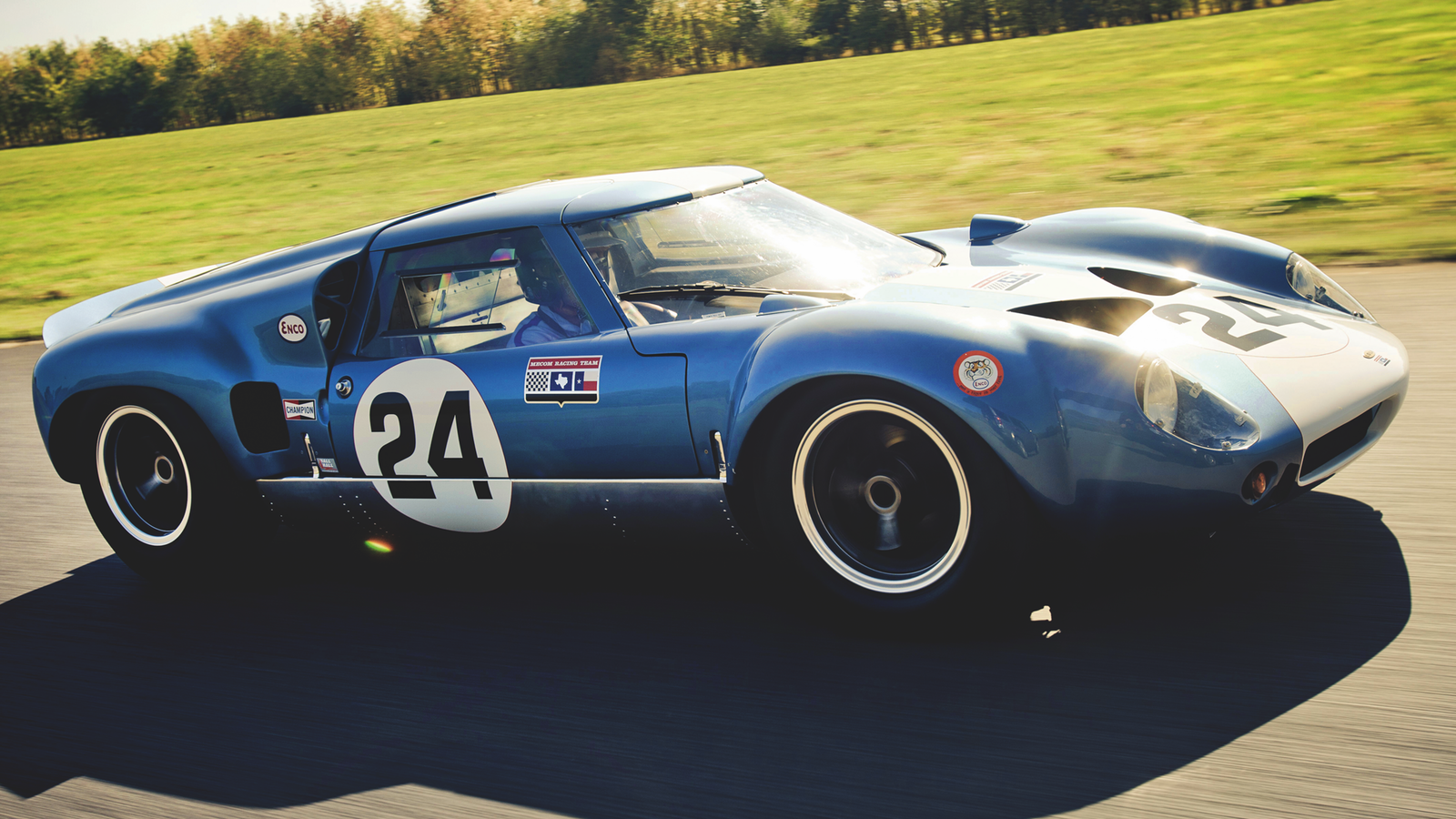 © Malcolm Griffiths/Classic & Sports Car
© Malcolm Griffiths/Classic & Sports Car -
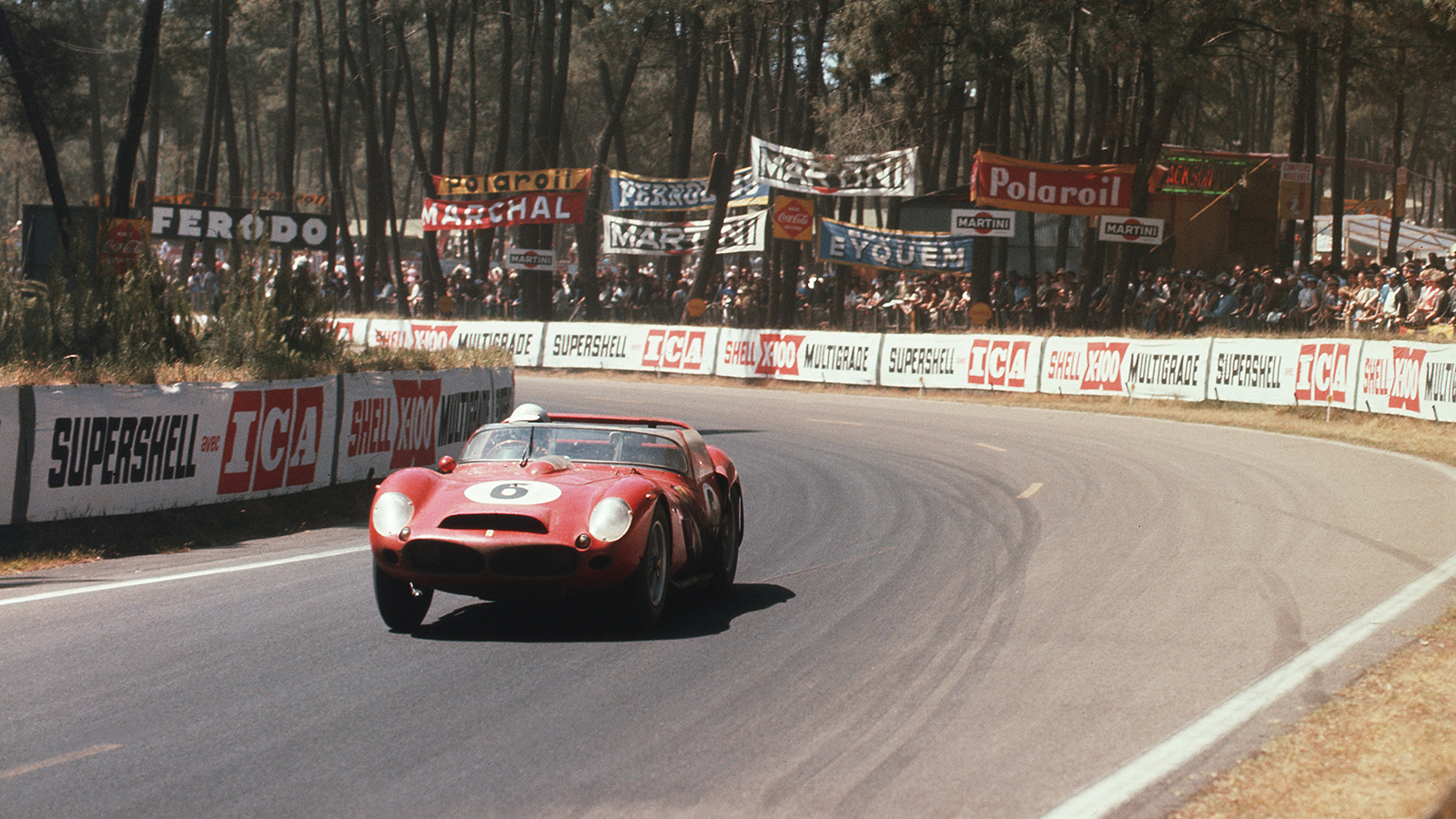 © LAT Photographic
© LAT Photographic -
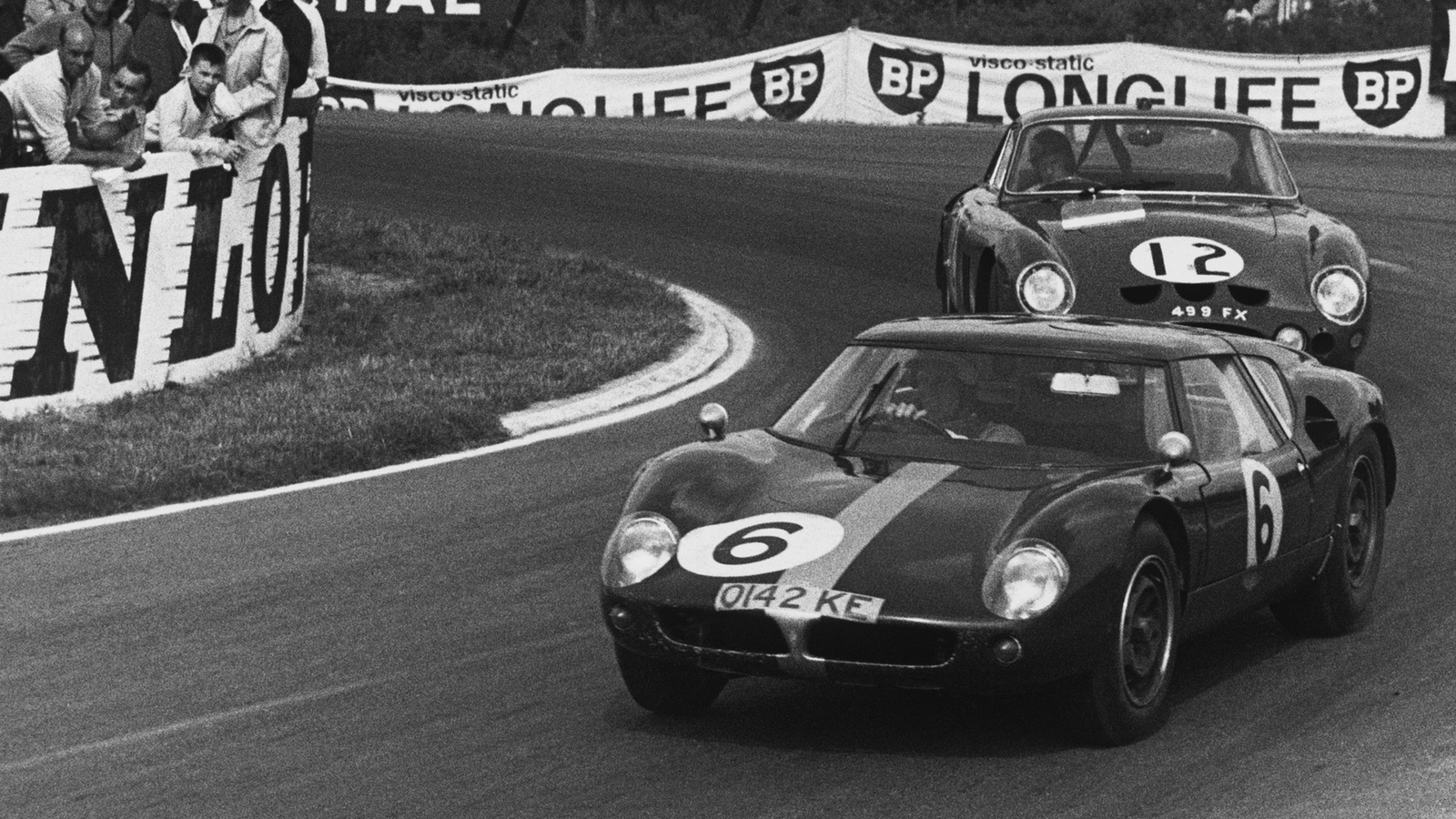 © LAT Photographic
© LAT Photographic -
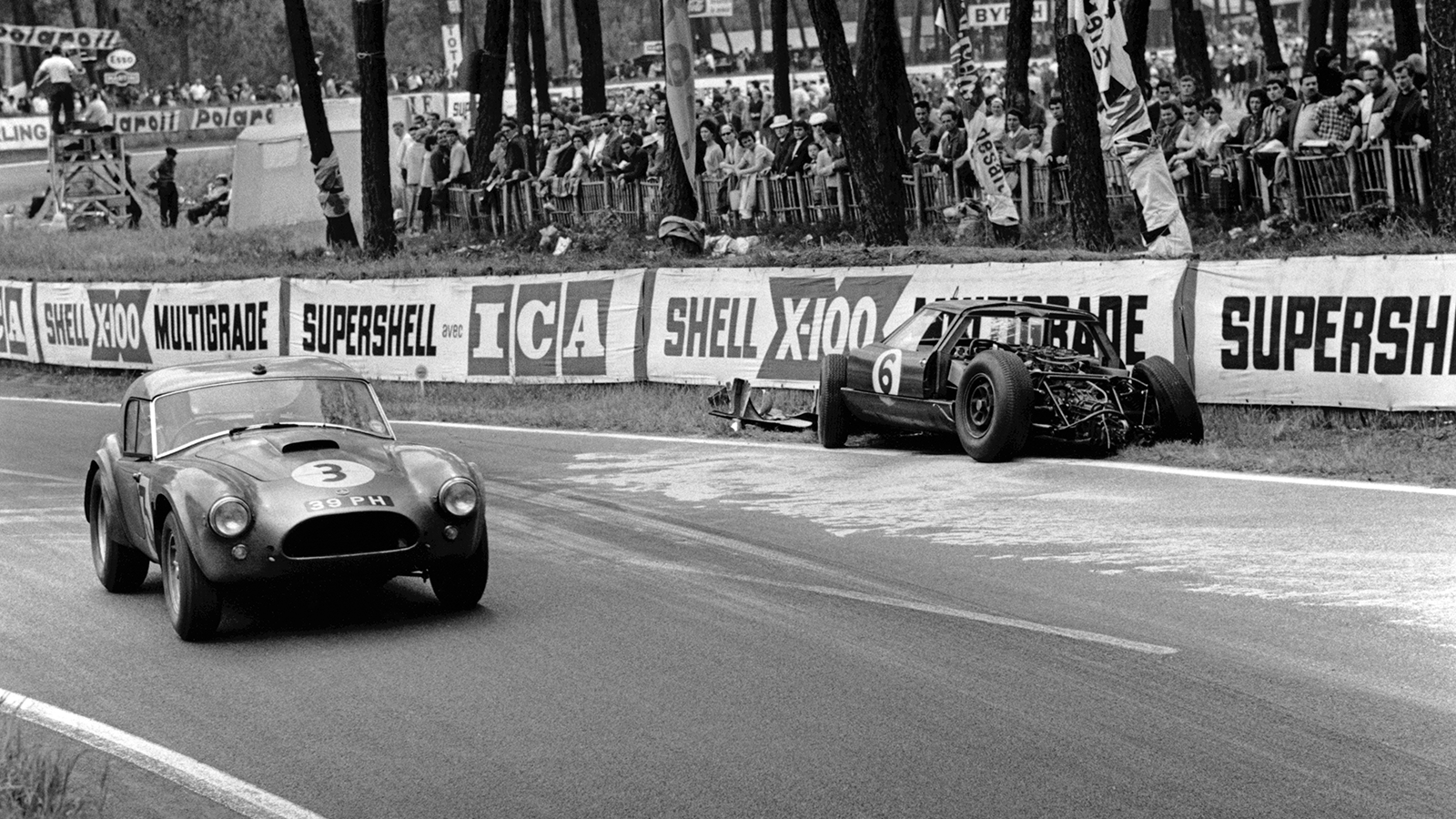 © LAT Photographic
© LAT Photographic -
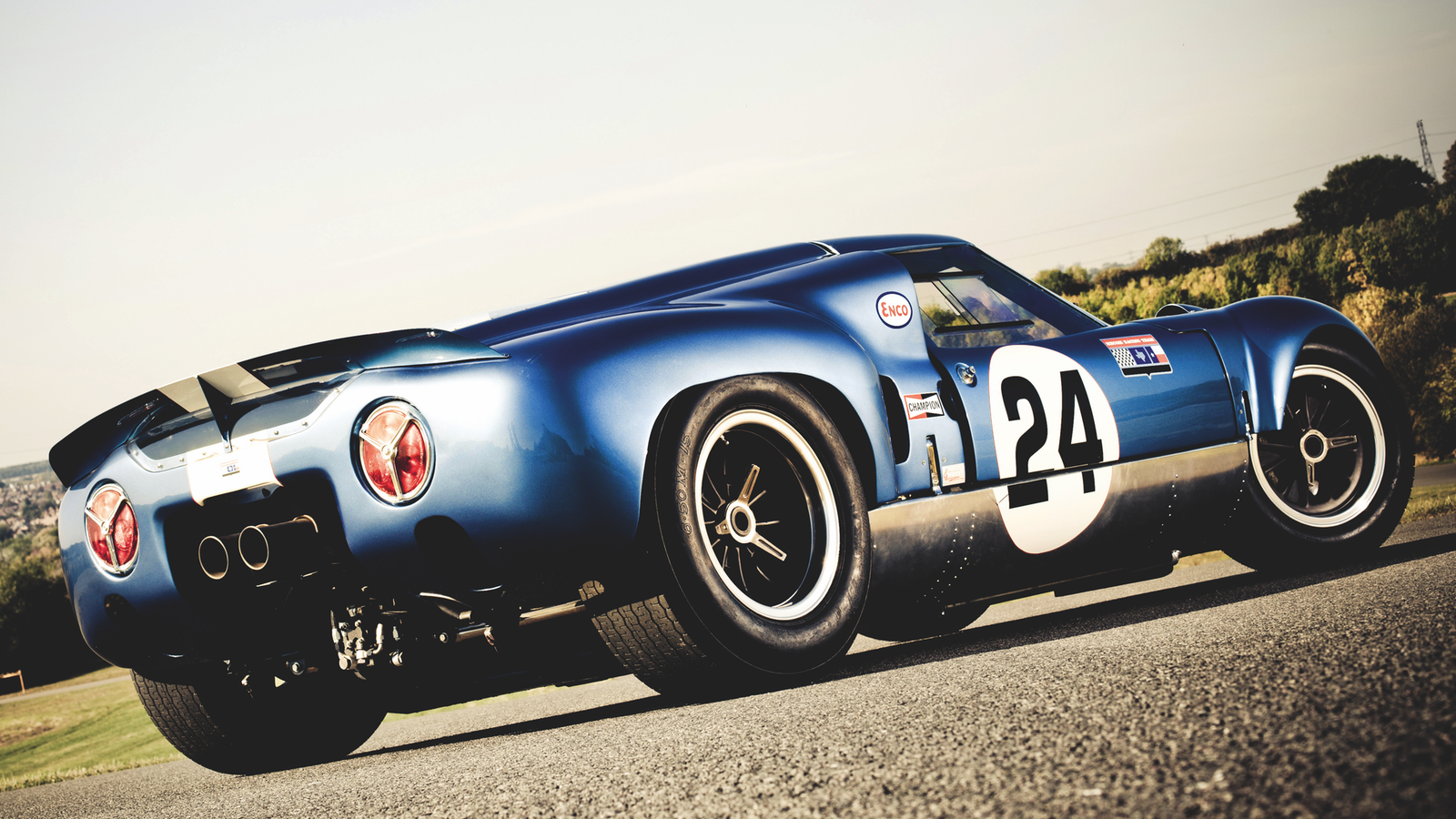 © Malcolm Griffiths/Classic & Sports Car
© Malcolm Griffiths/Classic & Sports Car -
 © Malcolm Griffiths/Classic & Sports Car
© Malcolm Griffiths/Classic & Sports Car -
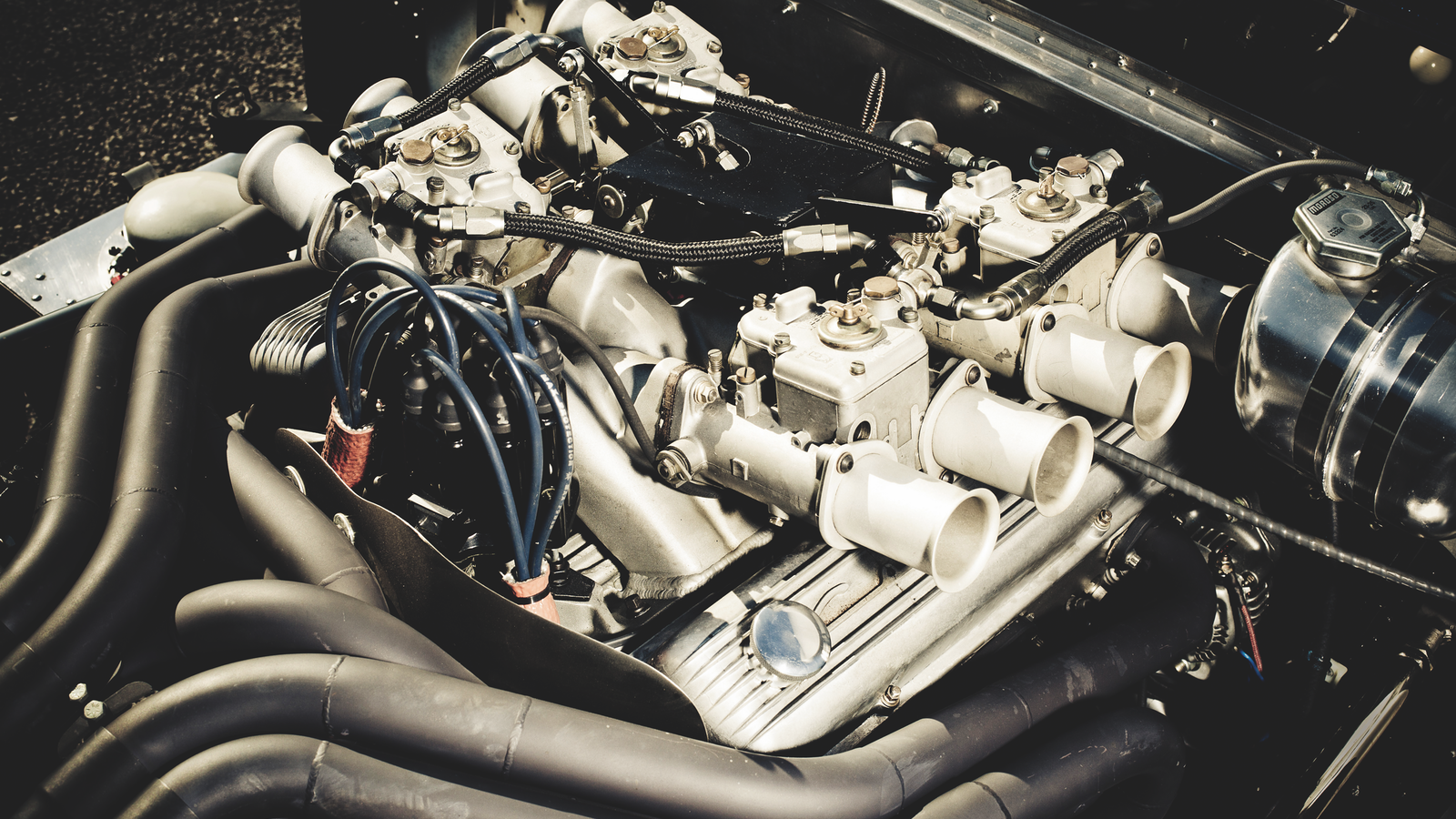 © Malcolm Griffiths/Classic & Sports Car
© Malcolm Griffiths/Classic & Sports Car -
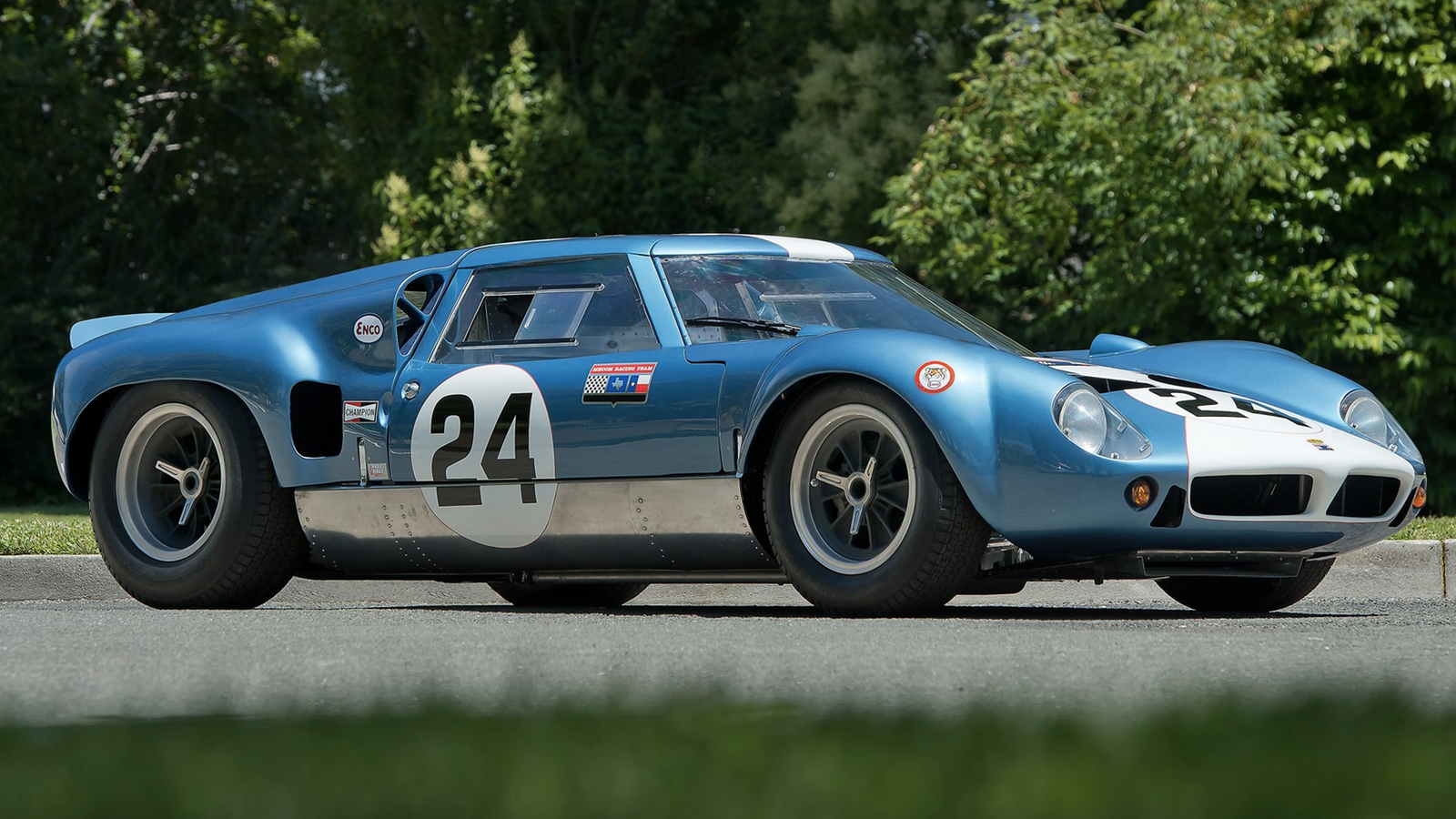 © Robin Adams/RM Sotheby's
© Robin Adams/RM Sotheby's -
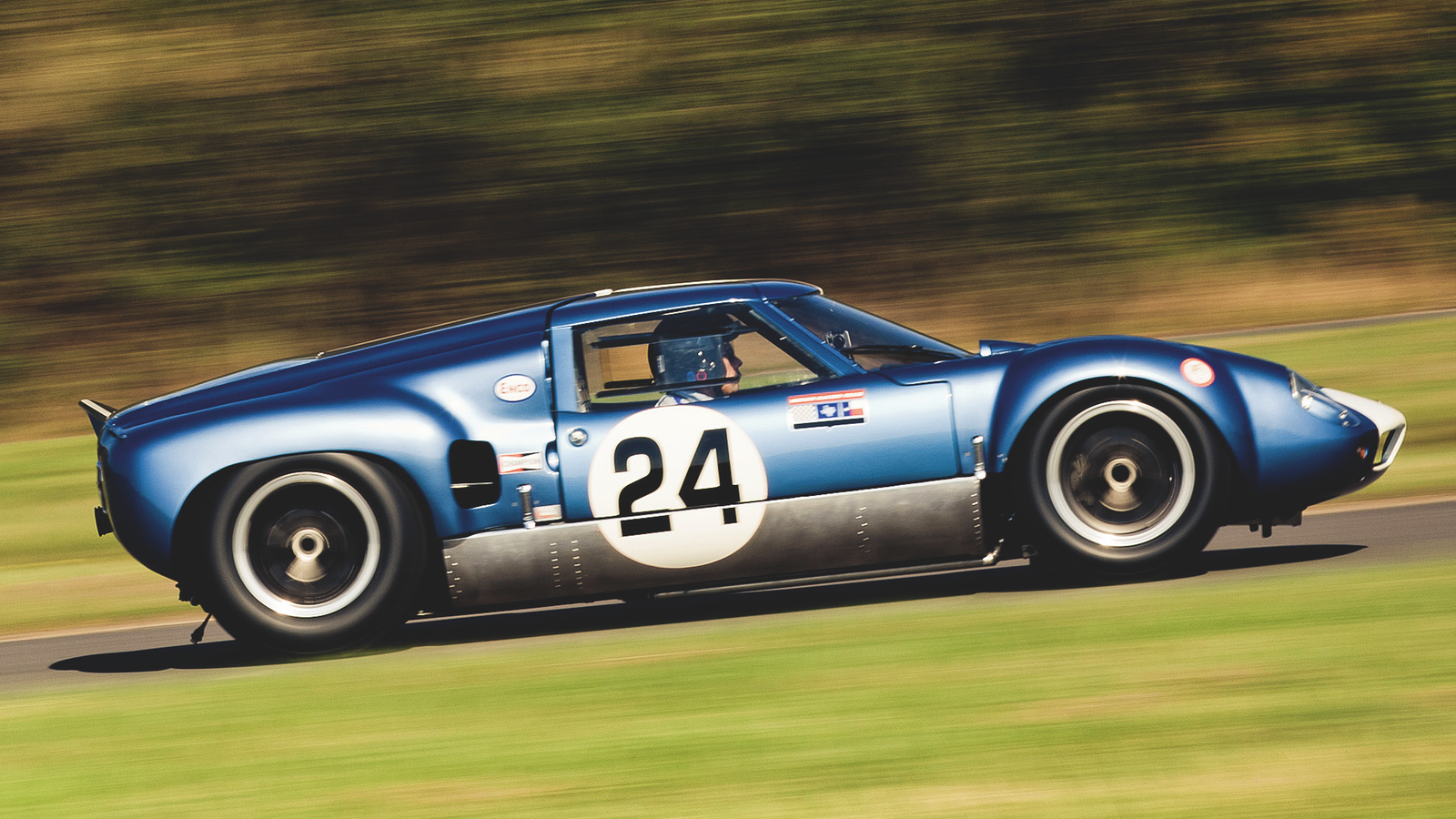 © Malcolm Griffiths/Classic & Sports Car
© Malcolm Griffiths/Classic & Sports Car -
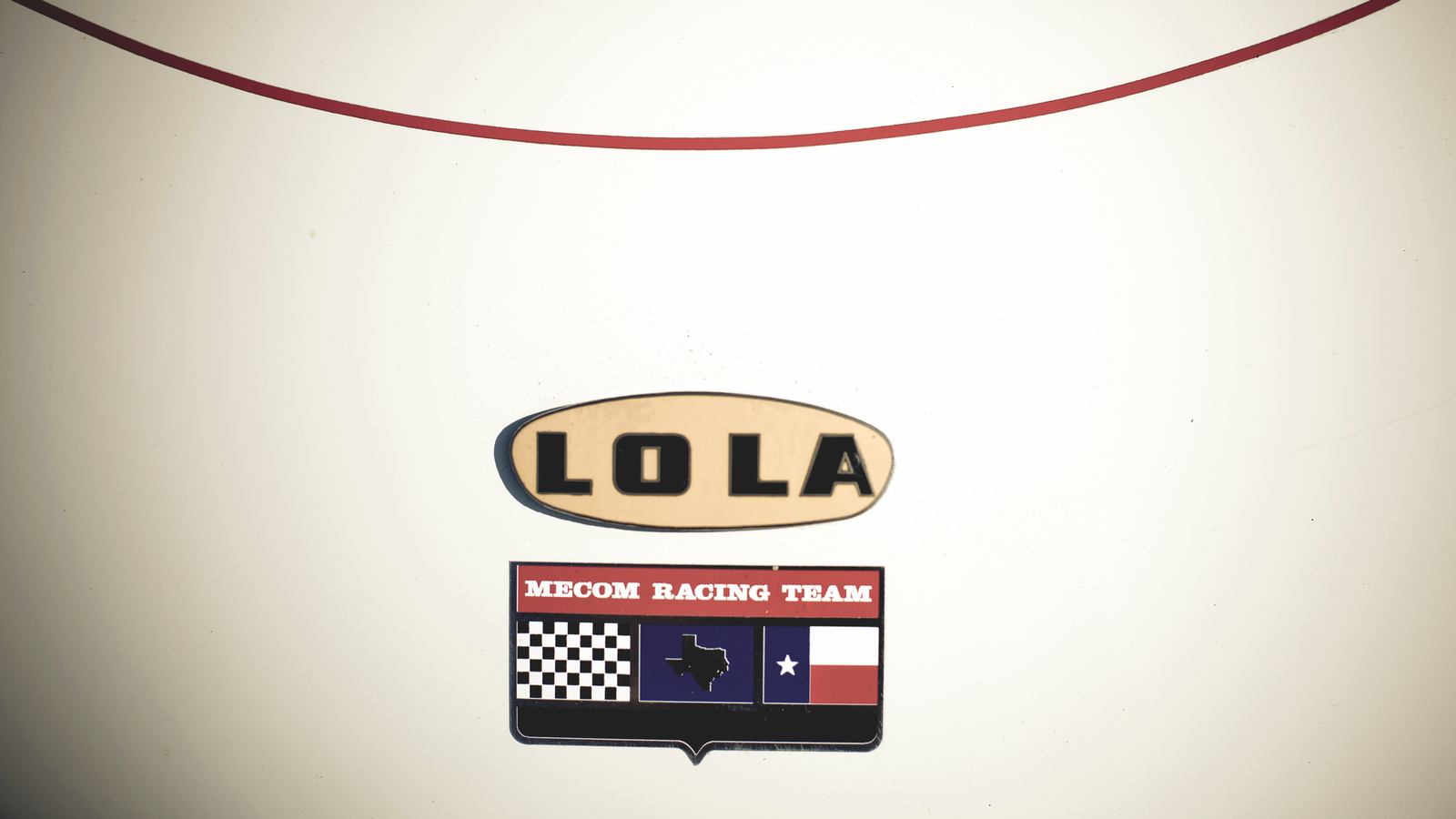 © Malcolm Griffiths/Classic & Sports Car
© Malcolm Griffiths/Classic & Sports Car -
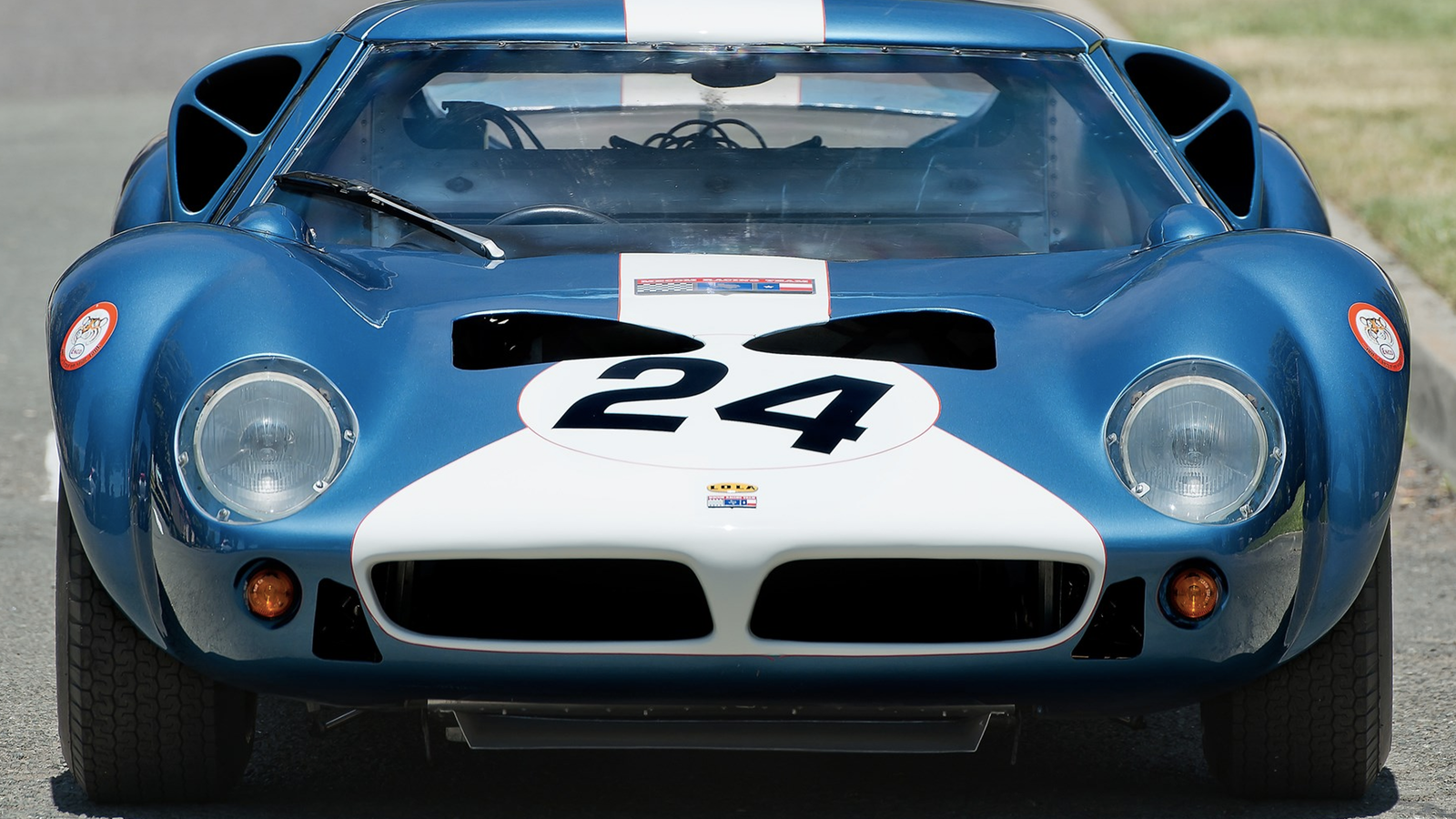 © Robin Adams/RM Sotheby's
© Robin Adams/RM Sotheby's -
 © Robin Adams/RM Sotheby's
© Robin Adams/RM Sotheby's -
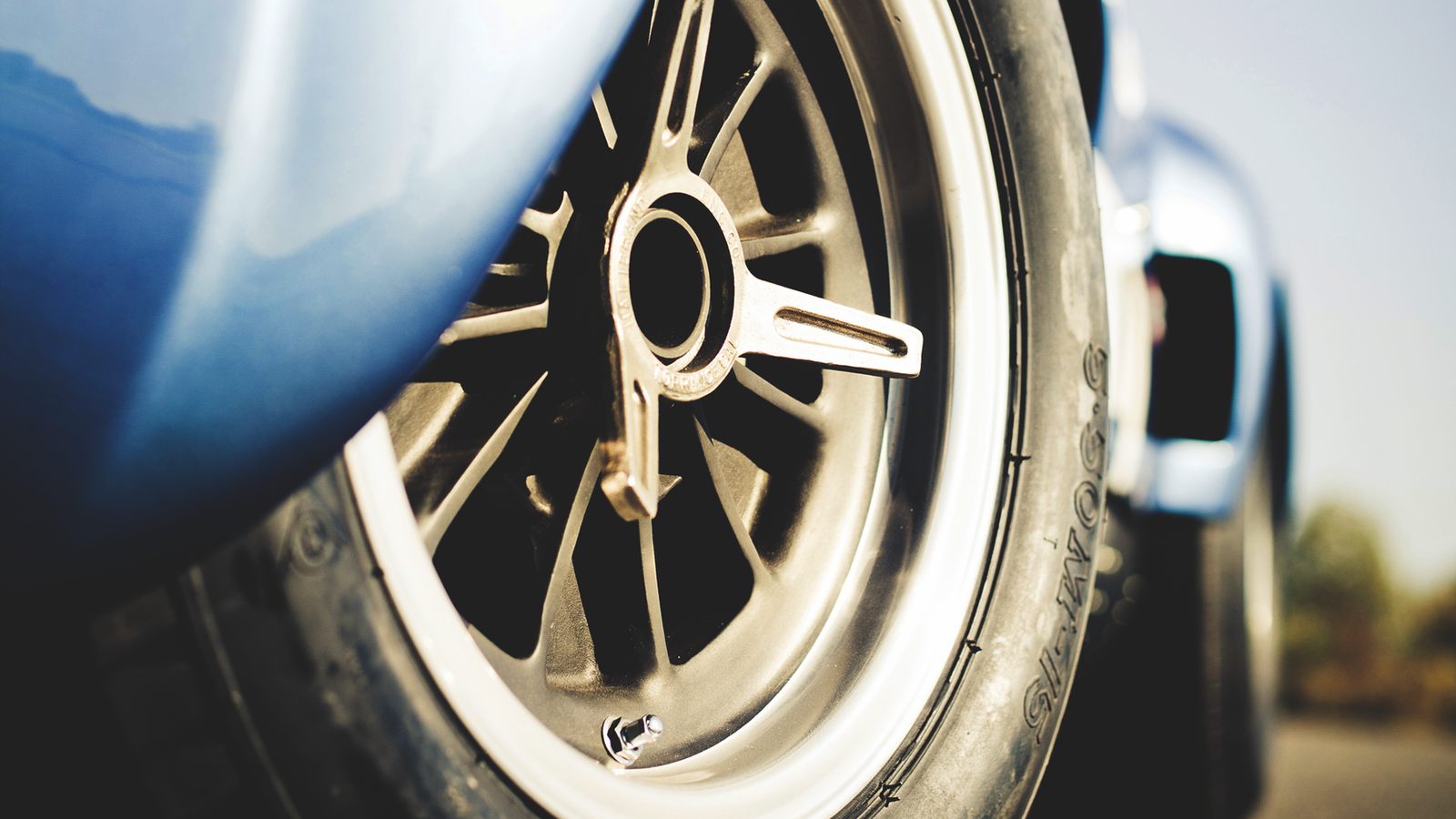 © Malcolm Griffiths/Classic & Sports Car
© Malcolm Griffiths/Classic & Sports Car -
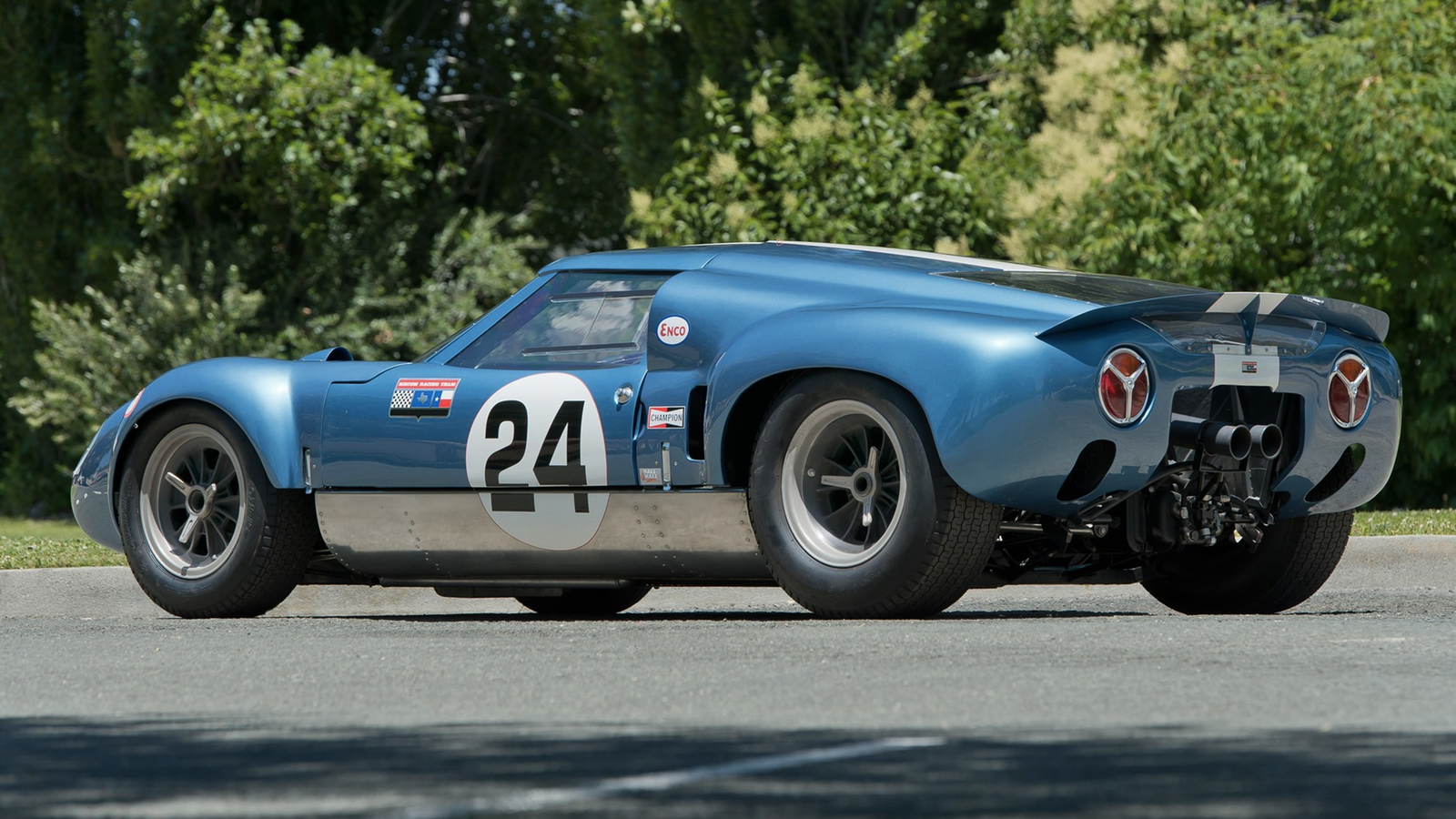 © Robin Adams/RM Sotheby's
© Robin Adams/RM Sotheby's -
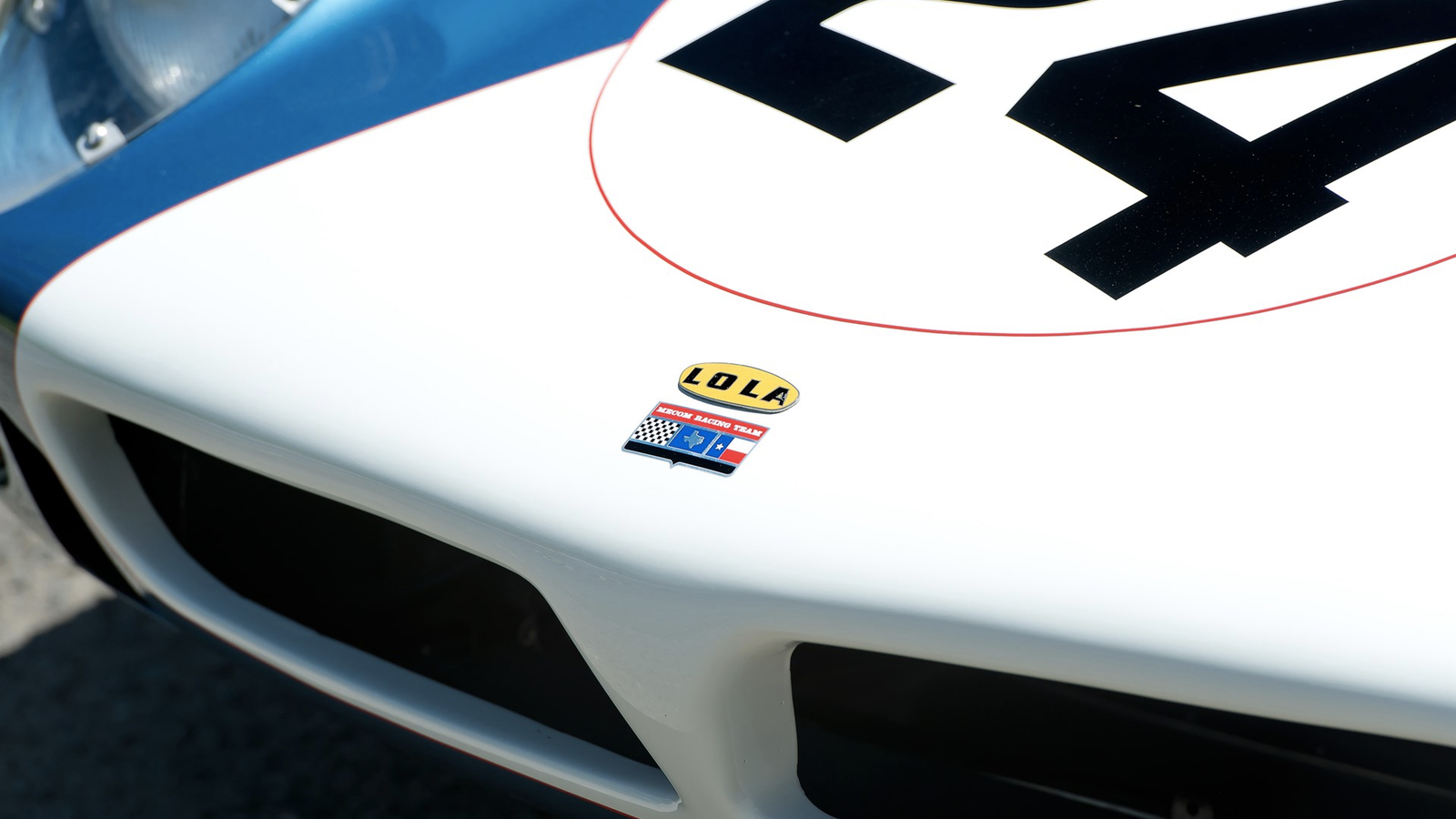 © Robin Adams/RM Sotheby's
© Robin Adams/RM Sotheby's -
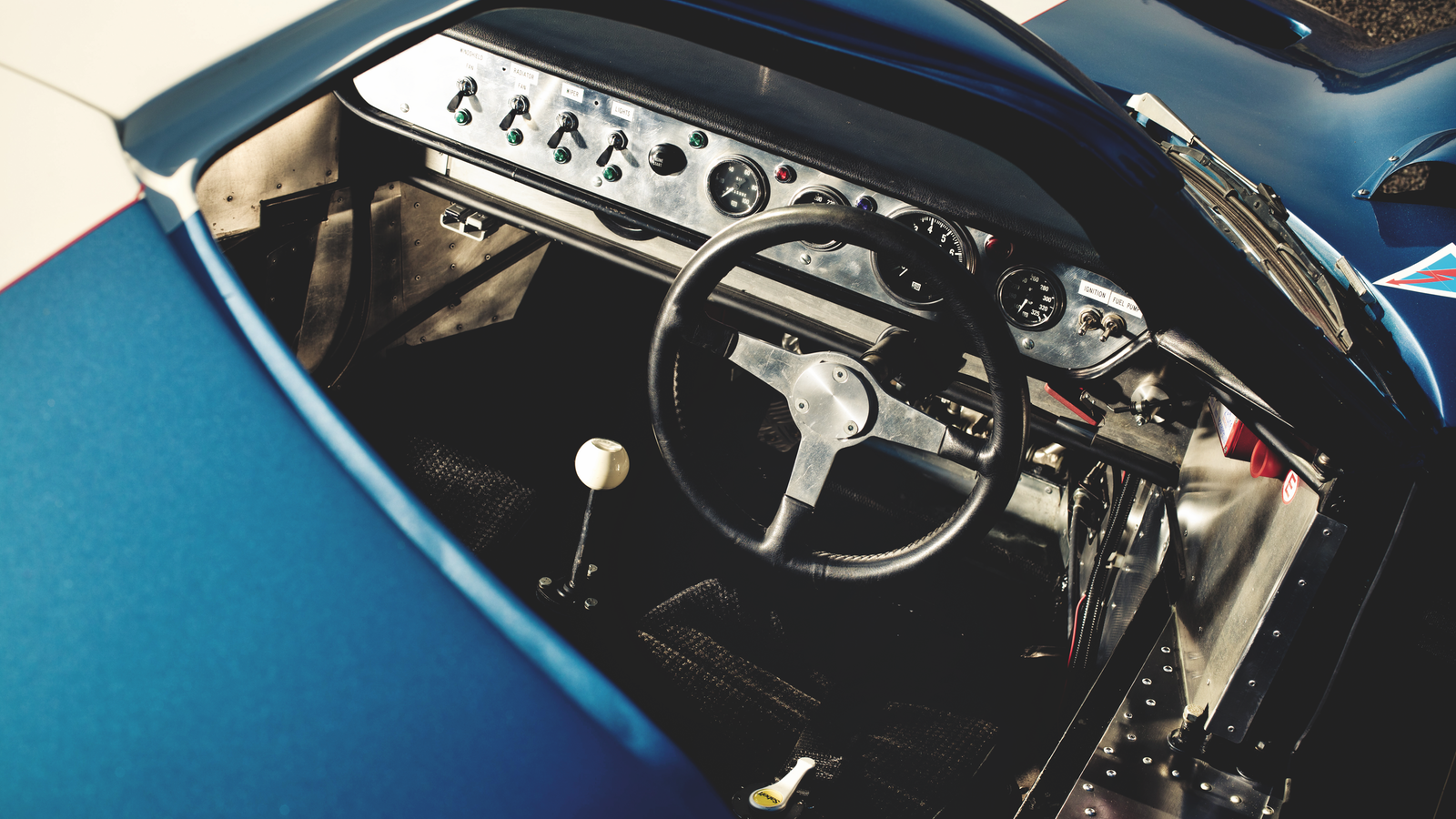 © Malcolm Griffiths/Classic & Sports Car
© Malcolm Griffiths/Classic & Sports Car -
 © Malcolm Griffiths/Classic & Sports Car
© Malcolm Griffiths/Classic & Sports Car -
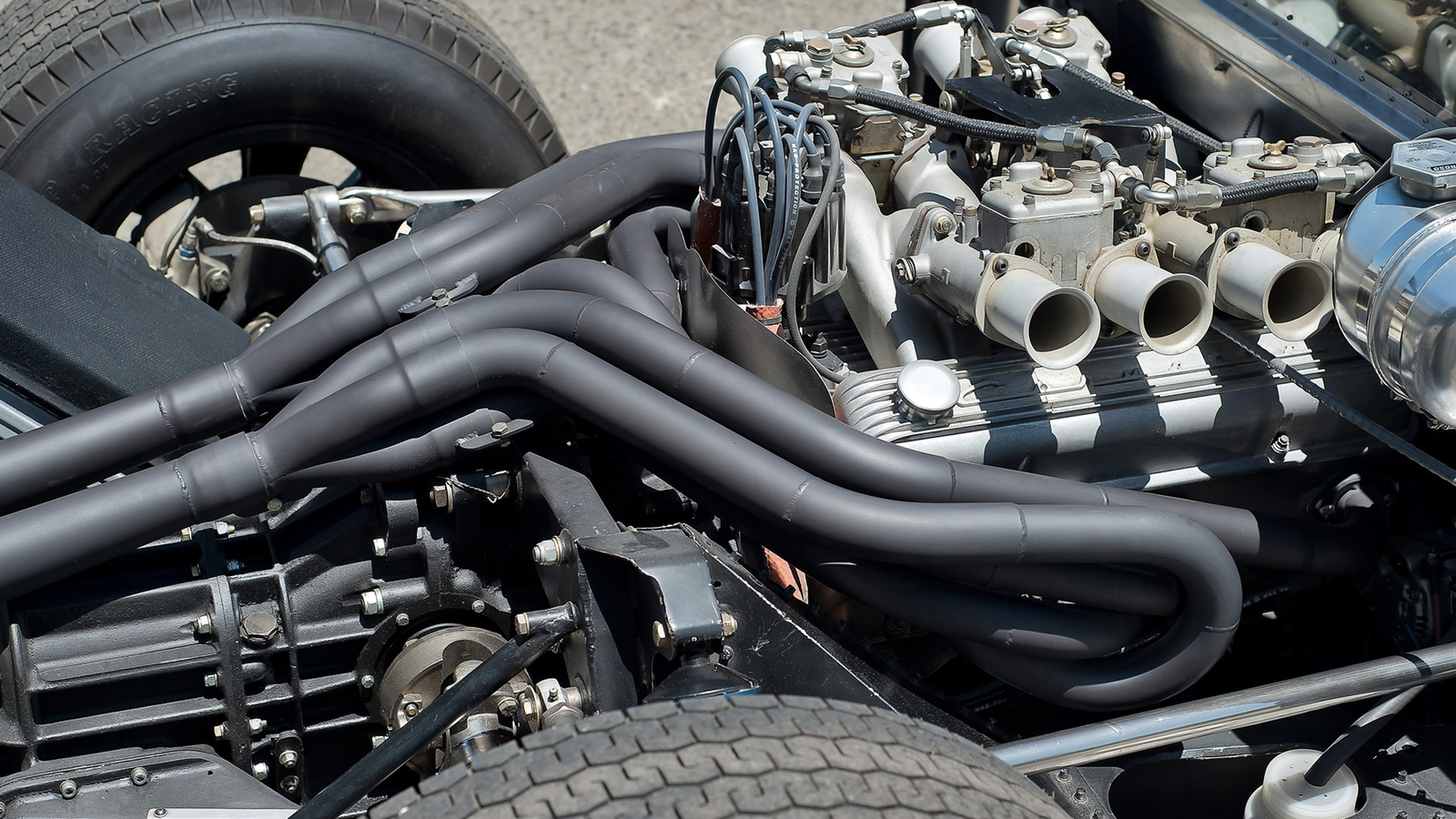 © Robin Adams/RM Sotheby's
© Robin Adams/RM Sotheby's -
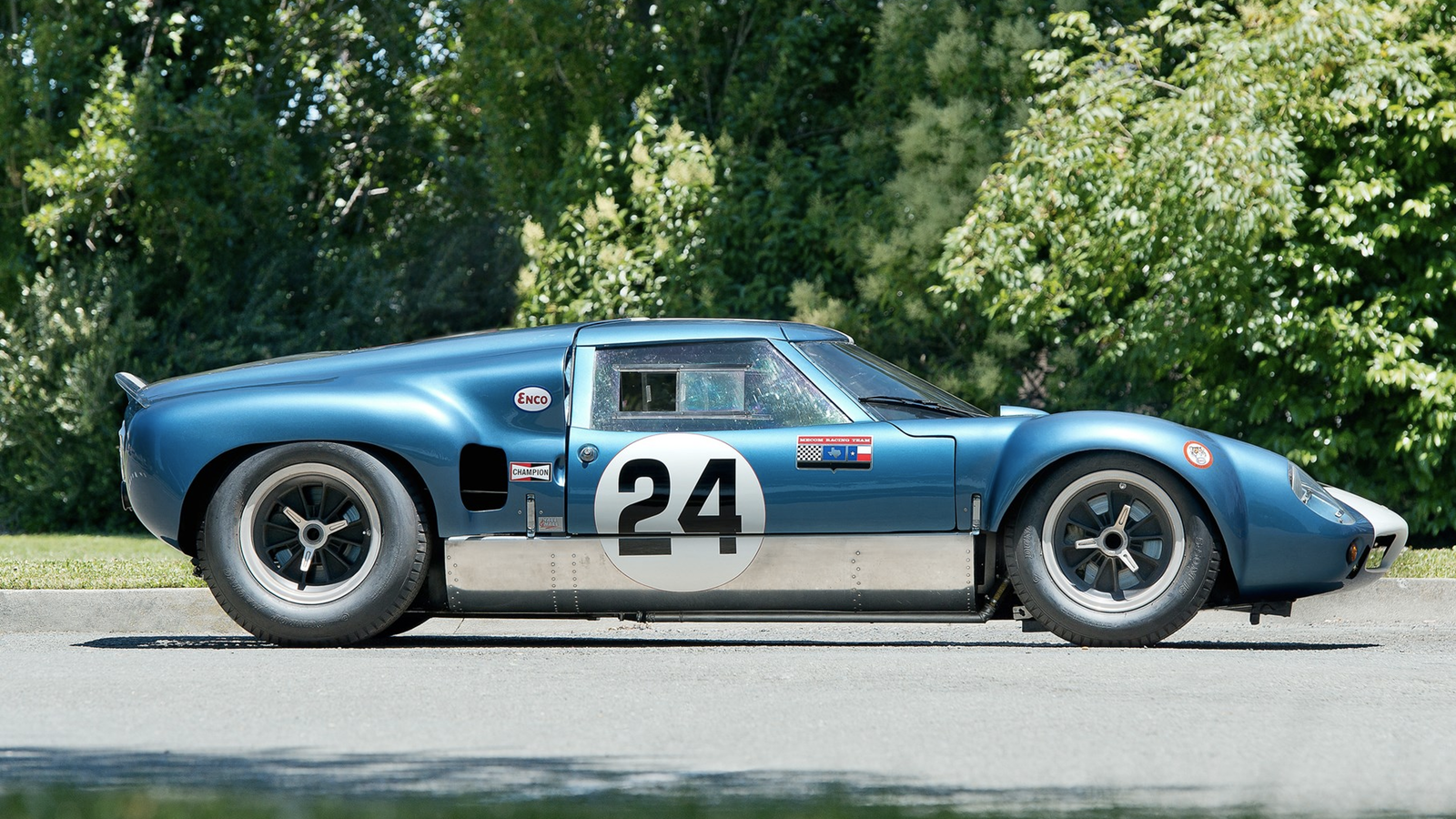 © Robin Adams/RM Sotheby's
© Robin Adams/RM Sotheby's -
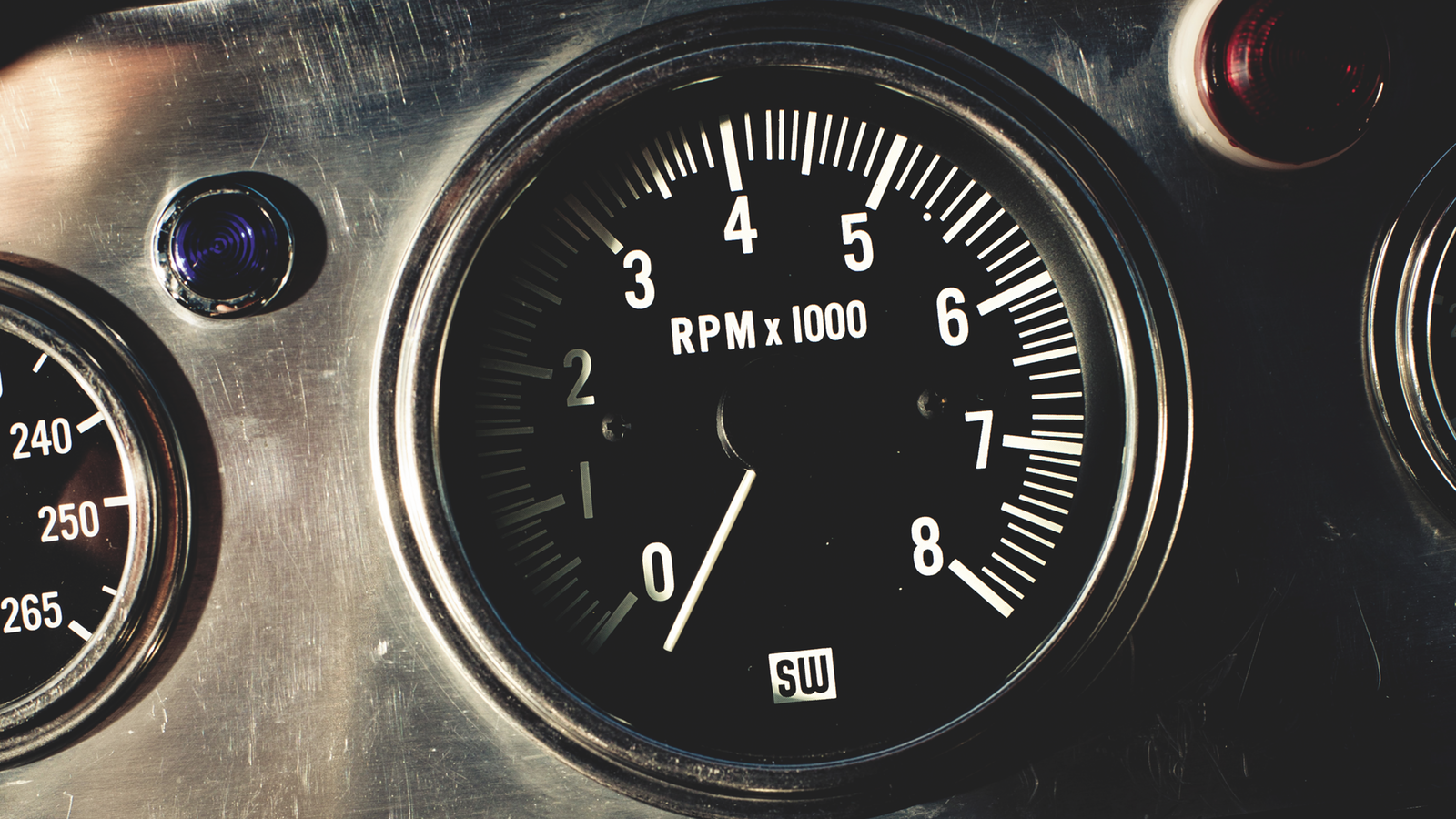 © Malcolm Griffiths/Classic & Sports Car
© Malcolm Griffiths/Classic & Sports Car -
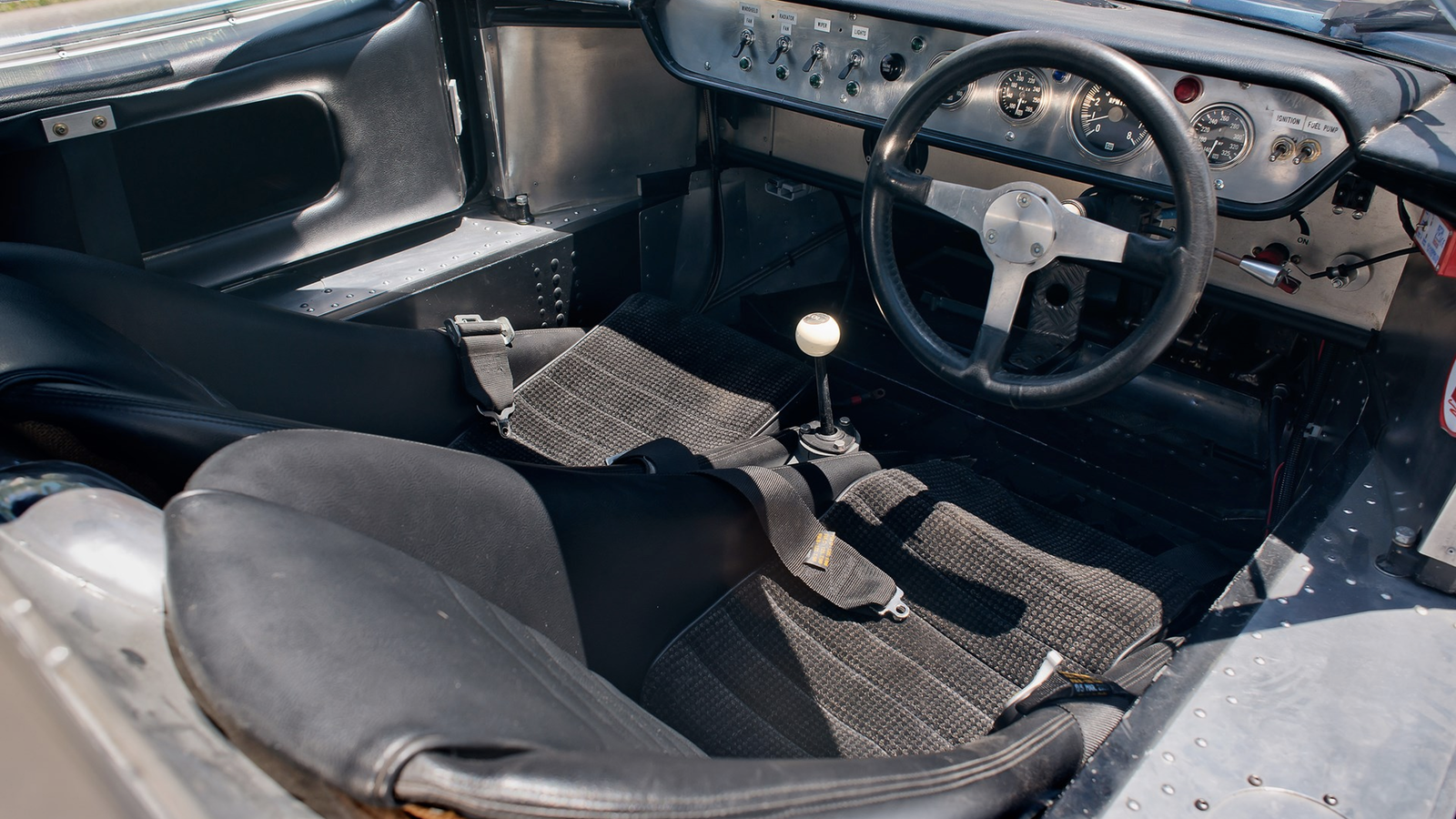 © Robin Adams/RM Sotheby's
© Robin Adams/RM Sotheby's -
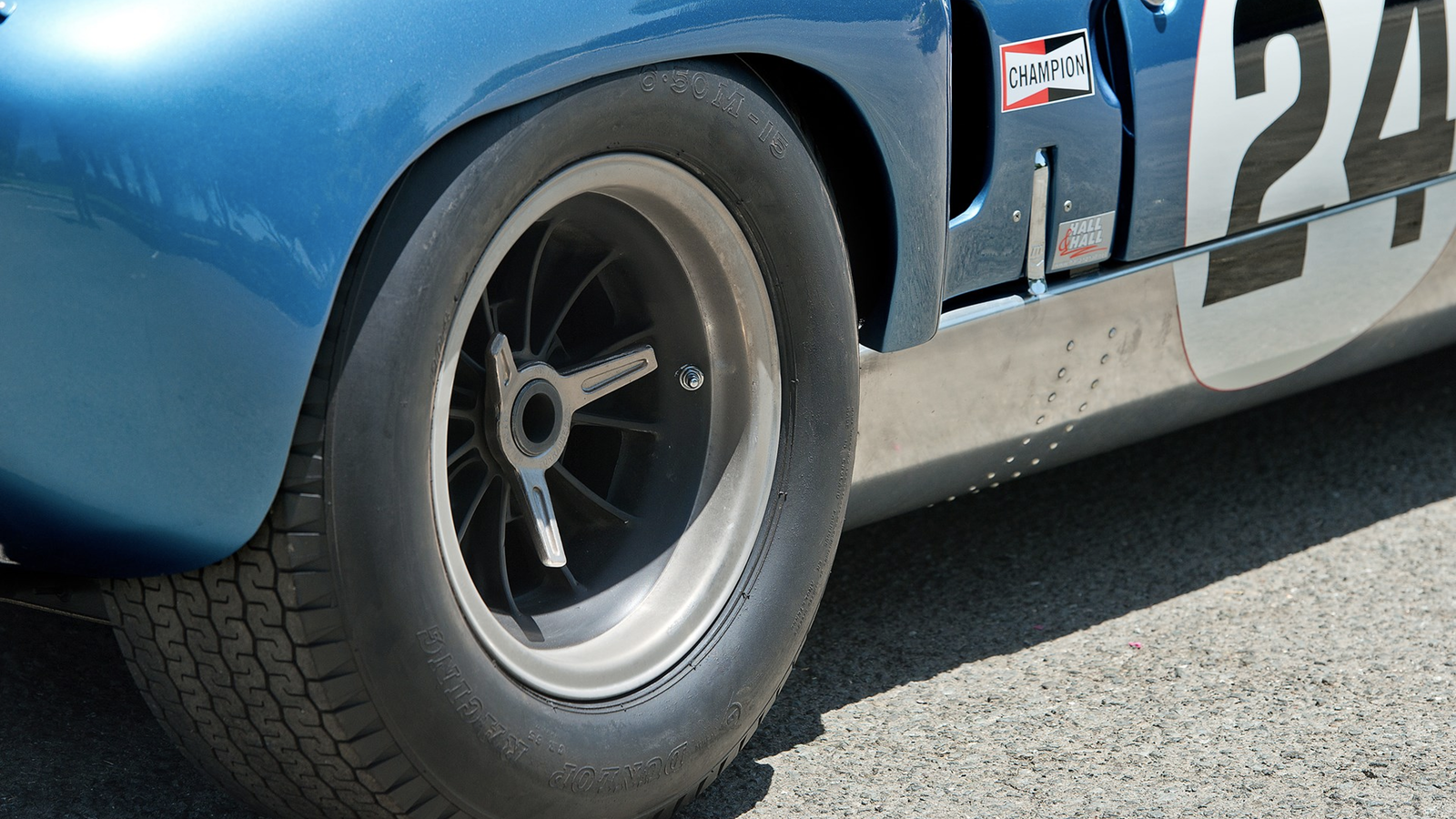 © Robin Adams/RM Sotheby's
© Robin Adams/RM Sotheby's -
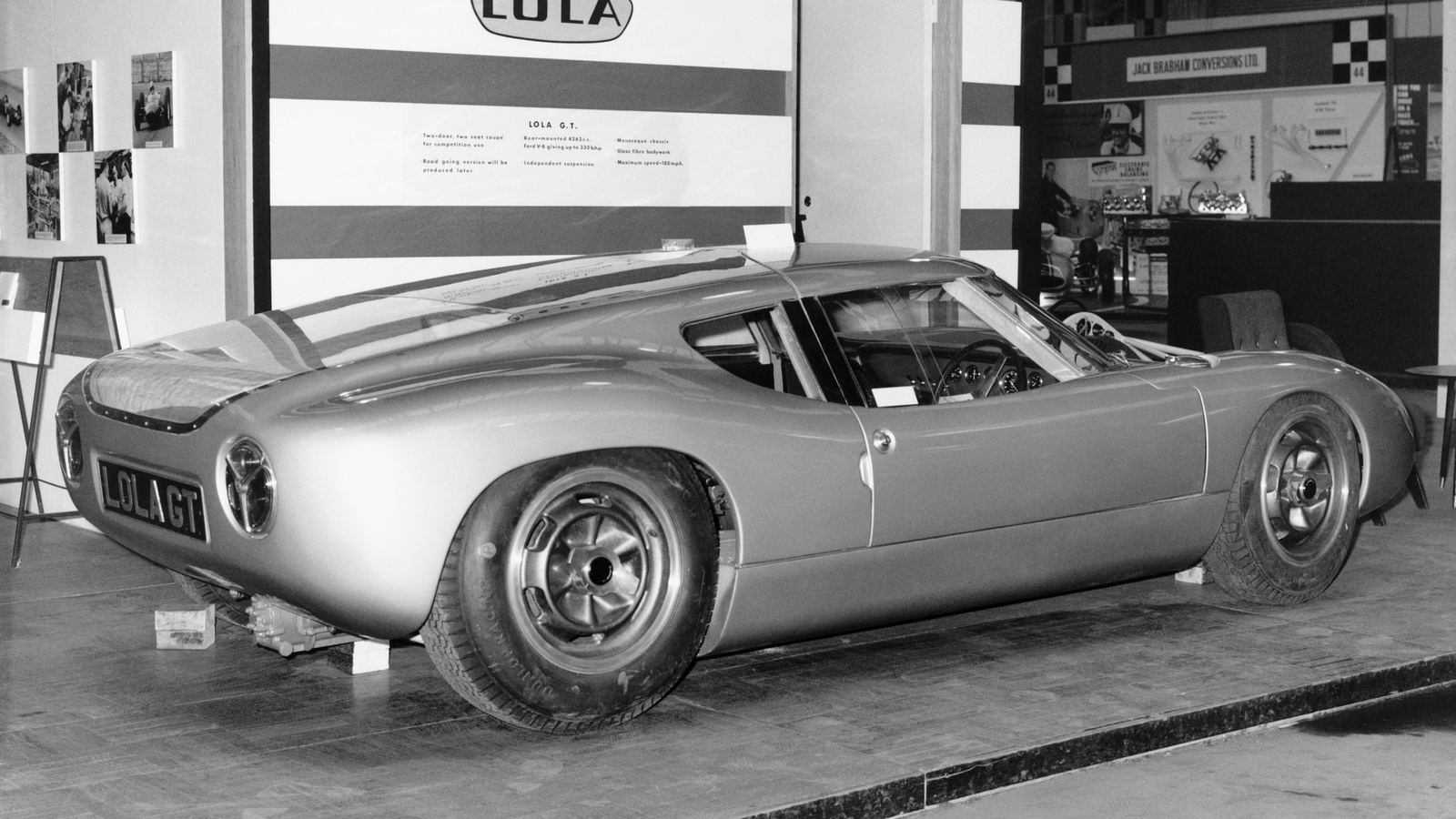 © LAT Photographic
© LAT Photographic -
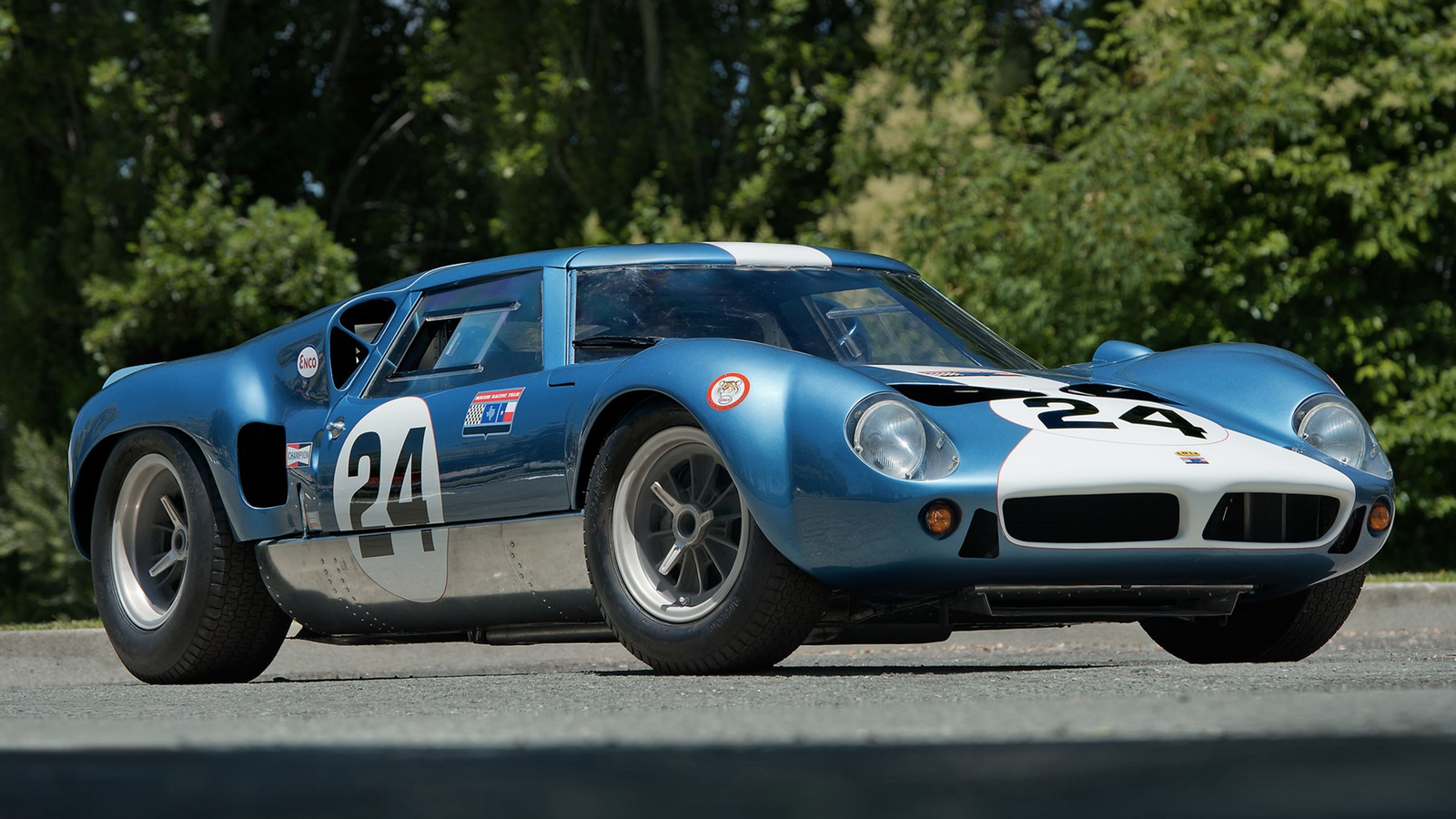 © Robin Adams/RM Sotheby's
© Robin Adams/RM Sotheby's
-
The Ferrari-beater you’ve possibly never heard of
Ford’s GT40 is about as iconic as performance cars come.
The V8-powered beast won Le Mans four times on the trot in the late-’60s – with the first of those triumphs inspiring the new movie Le Mans ’66 (Ford v Ferrari in the US), which was released in cinemas everywhere today.
But while there’s no doubt it has cemented its place in sports car folklore, if it wasn’t for a plucky engineering outfit based in Huntingdon, England, the GT40 would never have been born at all.
That's because it owes its existence to the Lola Mk6 – a British racing car built to the tune of three examples in the early-’60s, and one that changed the face of sports cars forever.
And the really good news? We were lucky enough to take one of them for a spin.
-
Launched in London
No one, not even designers Eric Broadley and Tony Southgate, could have imagined the impact that their sleek, mid-engined GT prototype, displayed on Lola’s stand at the 1963 London Racing Car Show, would ultimately have.
-
Planting a seed
Its combination of low-slung, lightweight GT chassis and American V8 power was about to revolutionise sports-car racing, the new Mk6 being the sapling of the family tree that connects the Ford GT40 with the Lola T70.
-
An all-consuming ambition
Ford, then under Henry Ford II, had become obsessed with taking the Le Mans crown. It had initially sought to do so by buying Ferrari, which at the time was utterly dominant at La Sarthe, only for the deal to fall through at the eleventh hour.
Further enraged, Ford vowed to beat Ferrari at its own game by taking on the likes of the 330 TRI/LM, above, which won the 1962 event in the middle of the Prancing Horse's six-year run of victories.
-
Shortcut for Ford
Before Ford acquired both Broadley and his design, the revolutionary Mk6 raced three times – at Silverstone, where it finished fifth, then at the Nürburgring and Le Mans.
In the latter two races in particular it proved blisteringly quick, but was clearly in need of further development.
-
Le Mans setback
At Le Mans, for instance, it was running as high as fifth, despite gearing problems that left drivers David Hobbs and Richard Attwood unable to race it at top speed and that finally resulted in it crashing out in the 15th hour.
Nonetheless, Ford was impressed by its potential and decided it could act as the perfect shortcut to its own Le Mans ambitions.
-
Sneaky acquisition
The first two Mk6 GTs didn’t race again, but a third chassis escaped through Lola’s back door before the Ford contract was signed: Texas oil magnate John Mecom Jnr read an article in Autosport about the new Mk6, stopped off in London and bought the car.
-
Corporate commotion
“Our getting the car caused a huge ruckus,” said Mecom. “I was summoned to Ford for a big meeting that was so secret that we couldn’t even meet at Ford…
"They tried everything in the world to buy that little car back from me and remove it from circulation.”
-
Speaking frankly
“When I arrived at the appointed place, continued Mecom, “I walked into this big motel’s meeting room and sat down.
"One of the people who was in charge of the GT40 project, who will remain nameless, said, ‘Goddamn it! When is this fat-a**ed Texan going to get here so that we can fleece him and get this over with?’”
-
Inspiring insult
That only motivated Mecom to use the Lola in competition himself – and just to get the Ford chiefs even more aggravated, he used his Chevrolet contacts to source a new engine to replace the original 260cu in Fairlane motor.
-
Fast in the Bahamas
With a 5.7-litre Traco Chevrolet motor fitted, the Lola was flown to the Bahamas for Nassau Speed Week.
Pitched against the Mecom team’s mighty Corvette Grand Sports and a pack of Cobra roadsters, the nimble Lola – mysteriously carrying number 00 – was in a different league and duly won the race.
-
Tricky times
The 1964 season wasn’t so successful for the plucky Lola, with a run of retirements – starting with the Sebring 12 Hours, where the engine blew, followed by Road America where overheating caused another DNF.
-
Cosmetic makeover
Mecom persisted and flew the Lola back to the USA, where it was cleaned and prepped for the Road America 500. It gained a more muscular look via extended wheelarches, extra nose ducts, a rear spoiler and a meaty set of Halibrands.
-
Painful memory
Again, the alluring, compact GT proved highly competitive but, during a last-minute engine switch, a mechanic forgot to replace a mount, with disastrous results.
“The V8 eventually twisted over and ended up lying on the gas tank,” recalled driver Augie Pabst.
-
Final accident
The Lola’s last race came at the LA Times Grand Prix at Riverside. During practice at the Californian desert track, the Mk6's throttle stuck open and the beautiful machine smashed into the guardrail, pinning Pabst’s head against the rear window.
-
End of the races
Pabst was safe but the car was wrecked. Damage was confined to the nose, left-front corner and roof but the Lola still required an extensive rebuild, and it was duly pushed to the back of Mecom's workshop.
And there it stayed while Ford's GT40 went about winning the 1966, '67, '68 and '69 editions of Le Mans – a clear case of what could have been for the Lola Mk6.
-
Back in blue
The completed car was eventually sold in 1988 to German collector Peter Kaus and was a star exhibit in his amazing Rosso Bianco sports-car museum.
The museum closed in ’06 and Bonhams sold the Lola at the Goodwood Revival. An American enthusiast snapped it up – for a hefty £364,500 – and had specialist Hall & Hall go through the mechanicals and revive Mecom Racing’s original Cadillac Pelham Blue livery.
-
Easy entry
So how does it drive today? Well, climbing in is easy thanks to the sizeable roof cutouts. Inside, it’s roomy and authentic, with no rollcage or updated instruments.
The driving position is comfortable and there’s a useful heel bar in the footwell for the well-spaced pedals.
-
Instant appeal
Responsive controls and slick gears inspire immediate confidence in this pocket GT, with the small-block Chevy’s dynamite punch making its potential instantly apparent.
-
Properly planted
Compared to the front-engined GTs that dominated the early ’60s, the revolutionary Lola layout – with its mass closer to the centre – delivered extra agility and higher cornering power.
-
Lighter and faster
Through tight corners, the lighter Lola has none of the pendulous feel of the hefty GT40 and the figures say it all: the Lola weighed 879kg as opposed to the GT40’s 970kg, and had 530bhp on tap, against 420bhp.
-
Chevy beats Ford
And the Chevy-powered Lola is quicker even than its Ford-equipped sibling. Its searing acceleration is spectacular, the smooth grunt easily gobbling up the straights.
The wild roar of its Weber-fed lump produces a sharper note than the deep-throated Ford, too, and cackles wickedly on the overrun.
-
Plenty of potential
Respected specialist and racer Rob Hall was certainly won over by it, telling us, “It’s a fabulous bit of kit and should be quick.
"It’s also beautifully made, because everything was done by Lola, including fitting the Chevy motor… It wouldn’t take much – bigger anti-roll bars, brake ducts and rollcage – to make it a winner.”
-
McLaren seal of approval
Bruce McLaren felt the same after testing a Ford-powered Lola GT at Goodwood in ’63. Even before he’d tweaked the suspension to his liking, the Kiwi legend was lapping 2 secs faster than Ferrari’s GT record.
-
Dispersed siblings
Of the three Lola Mk6s, the prototype Le Mans car is now owned by Allen Grant and its comprehensive restoration has just been completed.
The second was sold by Ford to Alf Francis and went to Italy. Discovered in the USA, hidden away and partly dismantled, it was extensively altered in 2000 to go historic racing and has since been sold to a buyer in Japan.
-
Still going strong
This one – chassis LGT-2, Mecom Racing Team’s car – was offered at RM Sotheby’s Monterey auction in 2014 but didn’t sell.
However it has since found a buyer and, to an extent, relived its glory days on the track: it competed at the 2016 Le Mans Classic, on a grid with Cobras, Ferraris, Corvettes and – fittingly – one or two Ford GT40s.
Thanks to Hall & Hall and Kevin Wheatcroft
